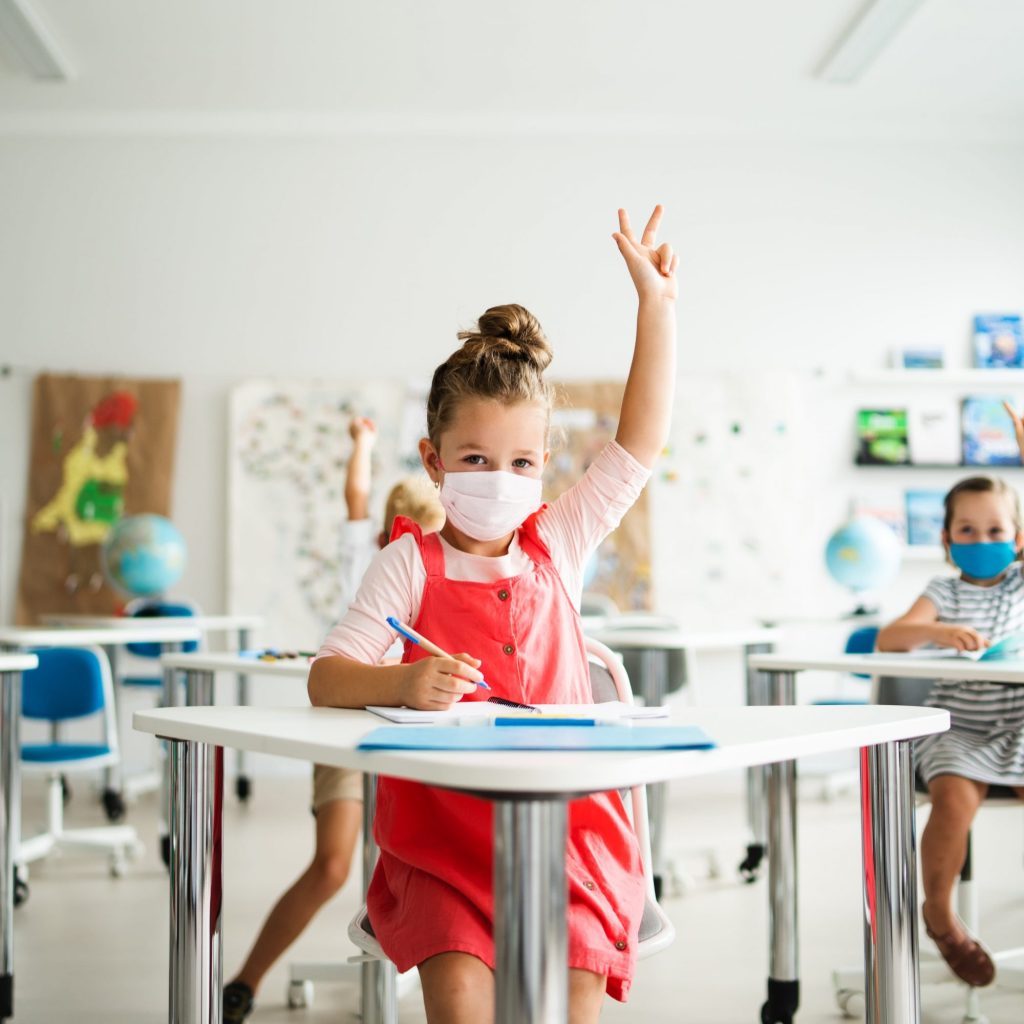A plan for students to return to in-person schooling may finally be on the horizon, according to an article published in the Journal of the American Medical Association on Jan. 26 written by three scientists from the Centers for Disease Control and Prevention (CDC). The authors analyzed data to determine that schools have not significantly contributed to increased coronavirus transmission rates. Although the authors’ findings do not necessarily represent the CDC’s overall position, a return to in-person learning may be possible.
“The COVID-19 pandemic has greatly affected K-12 schools across the US. Accumulating data now suggest a path forward to maintain or return primarily or fully to in-person instructional delivery,” reads the article, which later states that, “As many schools have reopened for in-person instruction in some parts of the US as well as internationally, school-related cases of COVID-19 have been reported, but there has been little evidence that schools have contributed meaningfully to increased community transmission.”
To reach the conclusion that it may be safe to resume in-person instruction, the authors evaluated case-controlled studies of transmission rates of children up to 18 years old in Mississippi, North Carolina, and rural Wisconsin. Although the research doesn’t give any insight regarding specific class sizes or whether districts were engaged in hybrid learning, the resulting data is encouraging.
In North Carolina, researchers analyzed 11 school districts with more than 90,000 students and staff members. They found that after nine weeks of in-person learning, transmission rates were low (32 infections were reported in schools, compared to 773 “community-acquired” reported infections). There were also no cases of student-to-staff transmission.
In Mississippi, experts discovered that “having attended gatherings and social functions outside the home as well as having had visitors in the home was associated with increased risk of infection.” However, there was no risk associated with attending in-person instruction 14 days prior to getting a positive diagnosis.
“Accumulating data now suggest a path forward to maintain or return primarily or fully to in-person instructional delivery.”
Along with emphasizing the importance of avoiding large social gatherings, scientists also saw how effective wearing masks was while in school in Wisconsin. They looked at 17 schools that serve students from kindergarten to high school – where 4,876 students and 654 staff members wore masks – and determined that “COVID-19 incidence was lower in schools than in the community.”
While the data from the US is certainly promising, the authors were quick to point out that there have been instances of high transmission rates in schools around the world. For example, when an Israeli school opened for 10 days in mid-May 2020, a large outbreak occurred when two students who were “mildly symptomatic” with the coronavirus attended class.
Of course, parents may be eager to get their children back in the classroom, but researchers want to underscore the importance of taking the proper safety precautions, like wearing masks and social distancing. “All recommended mitigation measures in schools must continue: requiring universal face mask use, increasing physical distance by dedensifying classrooms and common areas, using hybrid attendance models when needed to limit the total number of contacts and prevent crowding, increasing room air ventilation, and expanding screening testing to rapidly identify and isolate asymptomatic infected individuals,” the authors wrote.
They noted that parents and administrators should also be incredibly cautious when it comes to extracurricular activities: “Some school-related activities have increased the risk of SARS-CoV-2 transmission among students and staff. Numerous media reports of COVID-19 outbreaks among US high school athletic teams suggest that contact during both practices and competition, and at social gatherings associated with team sports, increase risk.”
School districts will have to make tough decisions on how best to protect their staff and students. However, given that there are two vaccines in circulation, these experts are hopeful that in-person learning can resume with the proper precautions in place.
“Decisions made today can help ensure safe operation of schools and provide critical services to children and adolescents in the US. Some of these decisions may be difficult,” the article says. “They include a commitment to implement community-based policies that reduce transmission when SARS-CoV-2 incidence is high (eg, by restricting indoor dining at restaurants), and school-based policies to postpone school-related activities that can increase risk of in-school transmission (eg, indoor sports practice or competition).”

